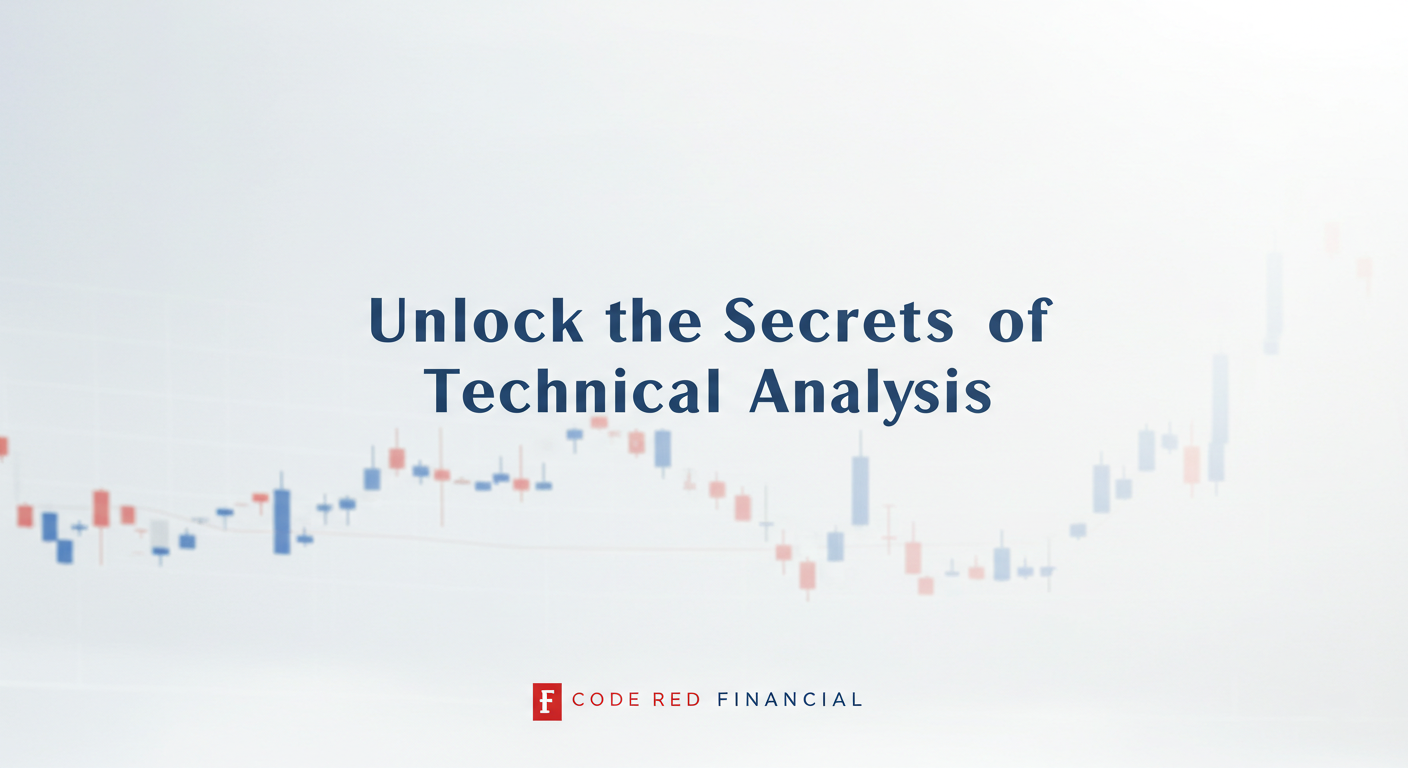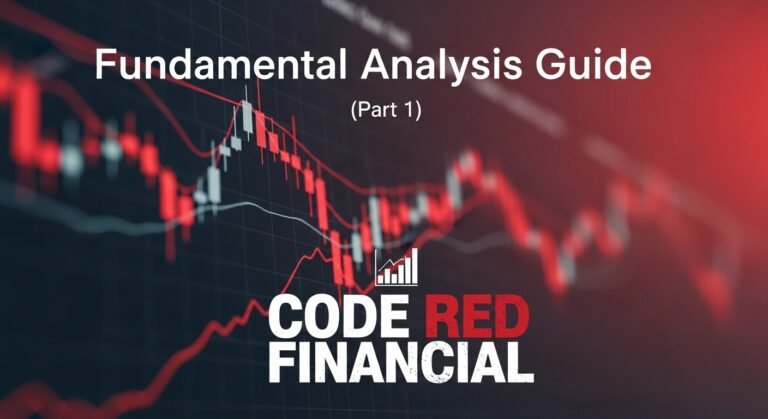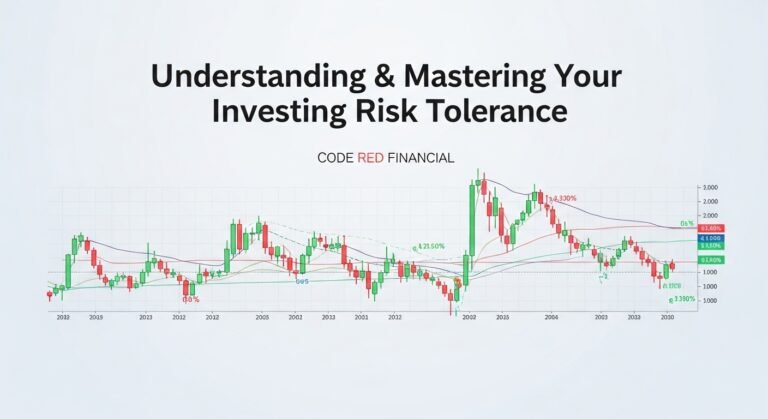
A couple of months ago, I provided a two-part article on fundamental analysis, and it is only natural that I follow it up with the portion many traders deploy as their go-to. I am talking about Technical Analysis. This isn’t meant to be an exhaustive study or to overwhelm you—just enough to give you the support required to trade and invest with more confidence.
Ready to dominate the markets? Forget lukewarm tips and dry definitions. Technical analysis isn’t just about charts and lines – it’s your secret weapon to decode Wall Street’s hidden language, anticipate market shifts, and seize opportunities others miss. Think of yourself as a financial seismologist, reading the tremors in price action to predict the next big wave. Let’s explore the myths and unleash the true power of technical analysis to supercharge your trading success!
Why Technical Analysis Will Transform Your Trading Game
Before we dive into the techniques, let’s explore why technical analysis isn’t just another tool – it’s the engine driving your trading success.
Here are three explosive truths that will change how you trade:
Price Reveals All: Forget the distractions! Every whisper of news, every market rumor, every CEO’s cough—it’s all baked into the price. Technical analysis filters out the noise, focusing on the raw, unfiltered story the price chart tells you.
Trends = Profit Pathways: Markets aren’t random; they move in powerful, predictable trends. Bullish trends are your signal to ride high, while bearish trends warn you to stay alert. Technical analysis helps you follow these trends to amplify your profits.
History Rhymes & Pays: Human psychology dictates market movements. Fear, greed, and hope form repeating patterns in price action. By recognizing these historical rhymes, you can anticipate future market rhythms and position yourself for profits.
The 8-Step Power Sequence: Master Technical Analysis
Ready to unleash the full potential of technical analysis? Let’s break it down into an 8-step action plan that will have you dominating the markets:
1. Trend Domination: Become a Trend Jedi
First, conquer the trend. Whether you’re in a raging bull market, a brutal bear battle, or a sideways stalemate, trend identification is your guiding North Star.
Trend-Slaying Tools:
- Trendline Sabers: Slice through market noise by drawing trendlines, connecting rising lows in uptrends and plunging highs in downtrends. These are your visual weapons to define the battlefield.
- Moving Average Magic: Smooth out price chaos with 50-day, 100-day, and 200-day moving averages. These will serve as your trend-sensing radar, showing you the direction beneath the surface turbulence.
2. Support & Resistance: Identify the Battle Lines
Support and resistance are key price levels where buyers and sellers face off. Recognizing these levels helps you predict reversals and set precise entry and exit points.
- Support Zones: Areas where buying pressure forms an impenetrable wall.
- Resistance Zones: Price levels where selling pressure caps price surges. Master these to spot profitable opportunities!
3. Chart Pattern Alchemy: Decode Market Blueprints
Chart patterns are market blueprints that reveal potential price movements. Learn to recognize these patterns like a codebreaker.
Pattern Powerhouses:
- Reversal Patterns: Signals like Head and Shoulders, Double Top/Bottom, and Triangles (Symmetrical, Ascending, Descending) give you early warning of trend shifts.
- Continuation Patterns: Flags, Pennants, and Wedges confirm that current momentum is ready to reignite after a brief pause.
4. Indicator Arsenal: Market Intelligence at Your Fingertips
Indicators and oscillators are your mathematical spies, analyzing price and volume data to reveal hidden dynamics.
Momentum Mavericks:
- Relative Strength Index (RSI): A speedometer for price action, showing you when a market is overbought or oversold.
- Moving Average Convergence Divergence (MACD): Reveals shifts in trend strength, direction, and momentum.
Volume Vanguard:
- On-Balance Volume (OBV): Tracks buying and selling pressure, giving you insight into who’s truly in control.
Volatility Vortex:
- Average True Range (ATR): Helps you quantify market volatility to set smart stop-losses and size your trades like a pro.
5. Volume Mastery: Listen to the Market’s Roar
Volume is the market’s voice, confirming the strength of price moves.
- Volume Validation: Rising volume is the fuel for a trend. In a bullish trend, watch for surging volume on rallies and fading volume on dips as a bullish battle cry.
- Divergence Danger Signals: When volume doesn’t match price action, it’s a red flag of a potential trend reversal.
6. Timeframe Precision: See the Big Picture & Zoom In for Clarity
Don’t be nearsighted! Use multiple timeframes (daily, weekly, hourly) to gain a 360-degree view of the market.
Multi-Timeframe Mastery:
- Daily charts give you the big picture.
- Weekly charts reveal long-term trends.
- Shorter timeframes (hourly, 15-minute) help with pinpointing perfect entries and exits, especially for quick-fire trades.
Align signals across timeframes for extra confirmation before pulling the trigger.
7. Entry & Exit Execution: Your Profit Path
A clear plan is key to executing successful trades.
- Entry Triggers: Look for the perfect storm of signals—trendline breakouts, chart pattern detonations, and indicator confirmations all coming together.
- Exit Velocity: Set stop-loss levels to shield your capital from unexpected market storms, and define profit targets to lock in your gains. Use support and resistance zones combined with chart patterns as your exit GPS.
8. Risk Fortress: Protect Your Trading Empire
Risk management is your trading armor.
- Position Precision: Calculate position sizes based on your risk tolerance and account size.
- Stop-Loss Shields: Never trade without protection. Always use stop-loss orders to automatically exit if the market turns against you.
Tools You Need to Become a Technical Analysis Titan
To fully unleash the power of technical analysis, you need the right weapons:
- Charting Command Centers: Use platforms like TradingView, MetaTrader, or your broker’s charting software for technical analysis, packed with tools and indicators to help you succeed.
- Brokerage Powerhouse with Technical Edge: Choose a broker that provides advanced technical analysis tools to execute your strategies with precision.
Reality Check: Know the Battlefield
- No Crystal Balls: Technical analysis isn’t magic—it’s about stacking the odds in your favor, not guaranteeing profits.
- Volatility Vultures & News Bombs: Market chaos and sudden news can derail even the best setups. Stay agile and adapt.
- Subjectivity Specter: Chart interpretation can be an art. Combat subjectivity by combining multiple techniques and indicators for robust analysis.
- Practice Range & Backtesting Boot Camp: Hone your skills on demo accounts and backtest your strategies to ensure they perform in real market conditions.
Become the Market Maverick
In my opinion technical analysis should be viewed more than just a strategy—it is a path to market mastery. It’s a thrilling journey of pattern recognition, strategic execution, and continuous learning. Gaining a great comprehension of charts and indicators often requires relentless practice. While no guarantees can be made that you will become the best trader or investor that has ever grace planet earth, equipping yourself with the requisite tools will provide an advantage and the skillset to unleash the full potential of technical analysis and the potential to not just trade the market—but command it.
Ready to ignite your trading revolution? Explore our website now for advanced guides, great tutorials, and resources that will transform you into a technical analysis powerhouse!
Disclaimer: This article is for informational purposes only and should not be considered financial or investment advice. Investing in any of the mentioned passive income streams involves risk, and you could lose money. Before making any investment decisions, it is essential to conduct your own thorough research and consider consulting with a qualified financial advisor who can assess your individual financial situation, risk tolerance, and goals. The potential returns discussed are illustrative and not guaranteed. Market conditions, regulations, and other factors can significantly impact the performance of any investment or business venture.





